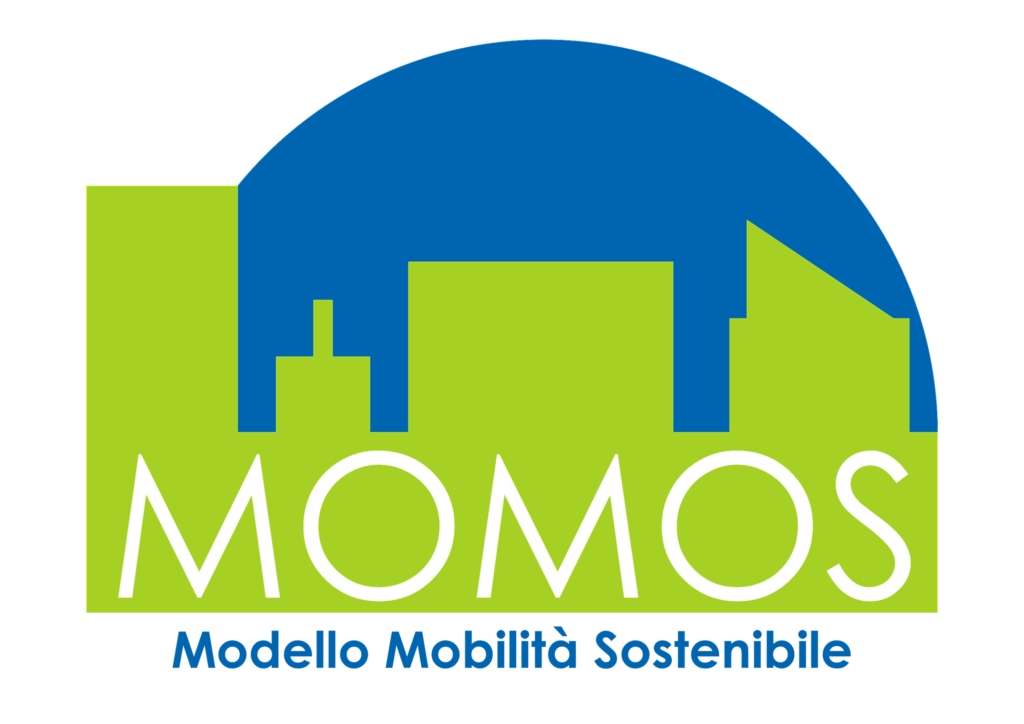
CLIENT: EIT KIC Urban Mobility
PERIOD: 2024
The Costs and Benefits of the sustainable urban mobility transition study was carried in 2021 by TRT with the purpose of assessing the impacts of different sustainable urban mobility scenarios in European cities while quantifying the costs and benefits of this transition in 2030 and 2050. This study consists in an update and improvement of the previous analysis, aiming to:
- Refine the input data, the intervention levels and targets of the policy measures of the transition scenarios and their timeline of implementation.
- Improve and enlarge the policy measures applied to the scenarios
- Run a new modelling simulation to quantify the expected costs and benefits of the sustainable urban mobility transition in European cities by 2030 and by 2050.
- Draft specific policy recommendations for practitioners.
- Provide a set of relevant datasets for the development of an interactive tool

The calculation is based on an improvement and extension of the MOMOS model, which allows to assess the impacts of different mobility transition scenarios. The quantification of results is applied to 12 city prototypes (representing more than 780 cities in EU27), considering different dimensions (small, medium, and large cities) and geographic areas (southern, central/western, northern, and eastern Europe).
The project considers three potential scenarios, based on a combination of policy measures taken from key EU initiatives and related to the specific emphasis of each scenario.
The available measures are of a different nature and comprehensively cover the range of options that cities currently have available to promote the transition to sustainable urban mobility, belonging to eight different policy groups: Shared Mobility; Innovative mobility services; Vehicle fleet & Charging Infrastructure; Transport Infrastructure; Transport avoidance and behavior; Pricing Schemes; Traffic management and control; urban logistics.
The outputs of the study consist in a series of indicators from three domains, estimated at base year 2022 as well as at future years 2030 and 2050: transport (modal split, car ownership), environment (CO2 and air pollutant emissions, fatalities), and economic (city costs, revenues, user and freight operator costs, and externalities). Also, building on the results for the 12 city prototypes and on a policy effectiveness comparison of the different groups of policy measures, a series of recommendations focused on mobility practitioners have been provided.

Download
For more information: